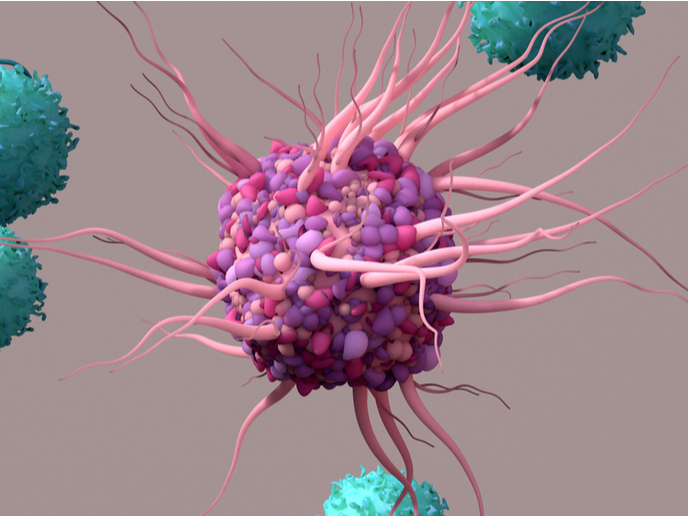The genetic web of Hirschsprung's disease
Hirschsprung's disease (HSCR) is an enteric nerve disorder which is the cause of life-threatening obstruction in the intestine in newborn children. The condition is characterised by a lack of parasympathetic ganglion cells in the submucosal and myenteric nerve networks in varying lengths of the bowel. It is a complex genetic disorder controlled by the input of many genes. Hence, the degree of severity varies from patient to patient. Members of European project THE RET PROTO-ONCOGENE, as the name suggests, studied the RET gene and its multiple role in biological systems. Encoded, the gene produces a signalling protein and, as such, is involved in organ development including the enteric nervous system and the associated disease HSCR. Through a study of 1,000 patients, project partners at the Istituto Giannina Gaslini in Italy studied transmission of the RET gene, the low penetrance of mutations and enhancer mutations. All the findings supported the postulation that HSCR is indeed a multifactorial disease. The data also confirmed that the set of genes predisposing individuals to HSCR was associated with low RET gene expression. Another research path explored was the gene network in the overall development of the autonomic nervous system. This way, the scientists hoped to identify new candidate genes in the development of the enteric nervous system and possible modifier genes in HSCR pathology. Implicated in particular were various homeobox genes. Transient transfections, electrophoretic mobility shift and chromatin immunoprecipitation assays were used to target two T-cell leukaemia (TLX) genes. These particular homeobox genes are involved in autonomic nervous system morphogenesis. Another homeobox gene, paired-like homeobox2b (PHOX2B), was found to be able to bind sequences within the human TLX2 gene. Interestingly, this interaction acts as a promoter in a molecular cascade giving rise to neuronal lineages during human development. The absence of advanced diagnostic tools means that children with this debilitating and sometimes fatal disease may not receive appropriate medical care. The elaboration of the complex genetics of HSCR stands to improve means of diagnosis as well as risk assessment tools.







